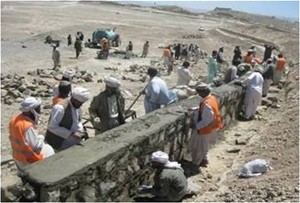
Workers building a retaining wall around the Segana Reservoir in Zarghun Shar District.
USAID/CDP/CADG
Restoring Segana’s water storage facility creates a reservoir of local goodwill in the process
31 OCTOBER 2011 | PAKTIKA, AFGHANISTAN
Local government asked USAID to help restore rural infrastructure, thereby addressing a public need, generating 500 short-term jobs, and assisting long-term farm productivity.
Paktika Province sits on Afghanistan’s southeast corner along the Pakistan border. Living in an area hotly contested in recent decades, Paktika residents must deal with long-neglected infrastructure. Subsistence farmers using rundown irrigation systems struggle to keep their crops alive. The return of émigrés and a stream of refugees from Pakistan further strain the local economy.
Rehabilitating the Segana Reservoir in Zarghun Shar was needed to provide water for more than 6,000 hectares of farmland, which supports 5,000 families. With its basin silted up and retaining walls collapsed in places, the reservoir had lost half its storage capacity, thereby hampering farm productivity. Aware that agriculture is important to his community’s survival, Zarghun Shar District Governor Alhaj Abdul Matteen asked USAID for help.
Since the initiative arose in public meetings between village elders and district officials, it was a priority that reflected community participation and demonstrated government action toward solving local problems. Because the reservoir was in such poor condition, refurbishment would mean access to a significantly larger—and more reliable—water supply for some of Paktika’s parched, hardscrabble farms.
The resulting project cleaned the basin and increased its size to 3.8 hectares—an area larger than seven American football fields—through an effort that spanned 17.5 weeks and engaged nearly 500 laborers.
Looking out over the finished reservoir, Muhammad Shari, a local resident, points to several white cones in the middle distance. “After all of this work,” he says, “you can see that the reservoir is flat enough to play sports. Right now, while we are waiting to fill this reservoir, kids have been using it as a playing field. Soon it will be filled with water and provide much more benefit for the community.”
Beyond meeting its obvious goals, the project has had another benefit. Insurgent attacks against local residents, international civilians, and military forces has plummeted since the previous year, partially because of a rising sense of community.

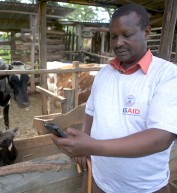
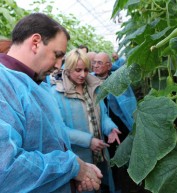
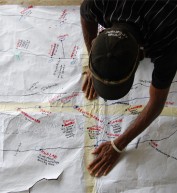
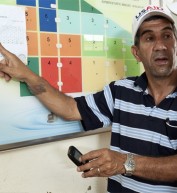

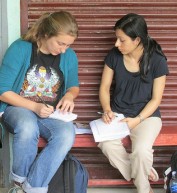
Comment
Make a general inquiry or suggest an improvement.